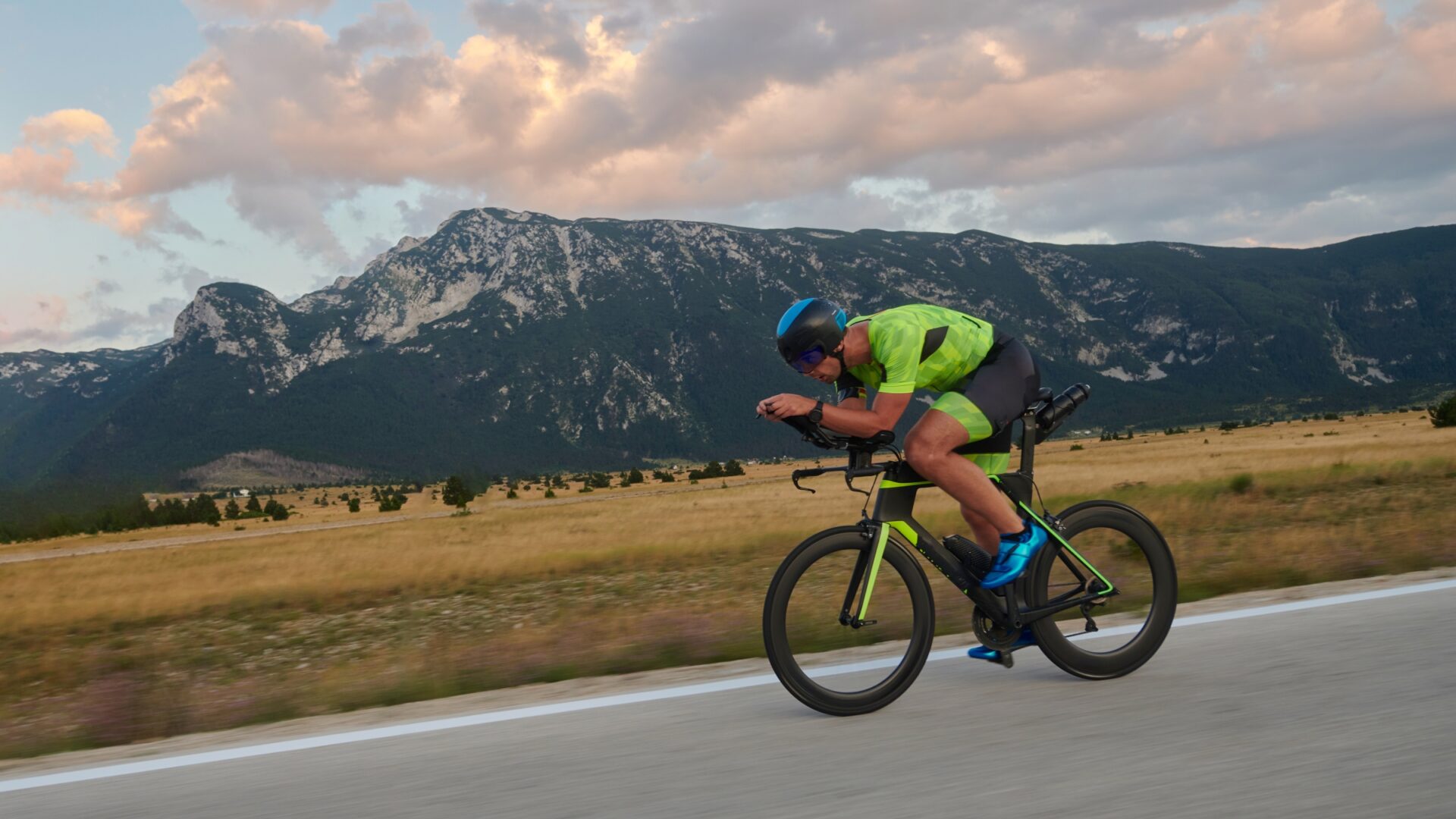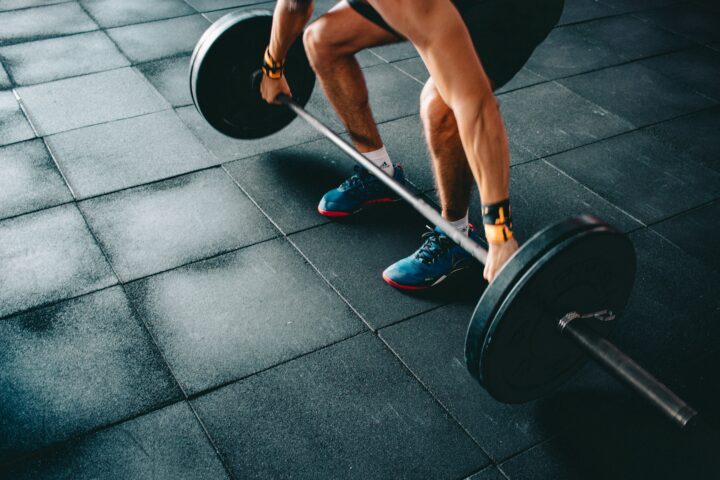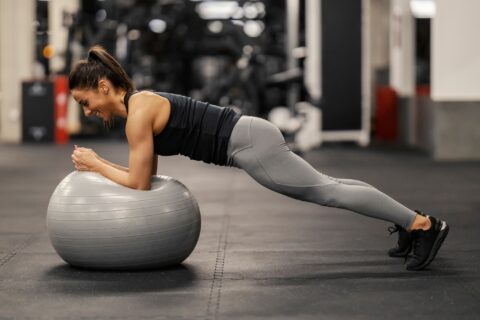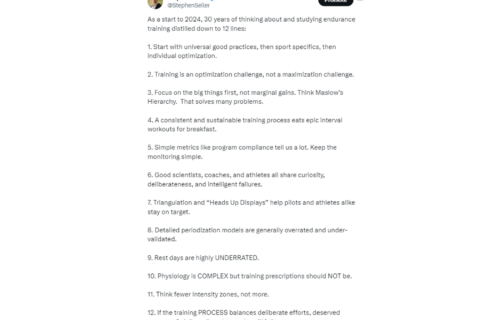See how to match the right high-intensity interval strategy to you and your event to achieve your best possible performance.
See how to match the right high-intensity interval strategy to you and your event to achieve your best possible performance.

See how to match the right high-intensity interval strategy to you and your event to achieve your best possible performance.

See how to match the right high-intensity interval strategy to you and your event to achieve your best possible performance.

In part 3 of our series on movement literacy for cyclists, Dr. Stacey Brickson delves into stability and strength to make you a healthier cyclist.

In this multi-part series, Dr. Stacey Brickson details several tools built on a hierarchy of mobility, flexibility, stability, and strength, designed to make you a healthier cyclist.

After 30 years of studying exercise endurance training, Dr. Seiler distills it all into 12 fundamental practices.

Hit the sweet spot with a sub-threshold ride for those winter days that aren’t too cold.